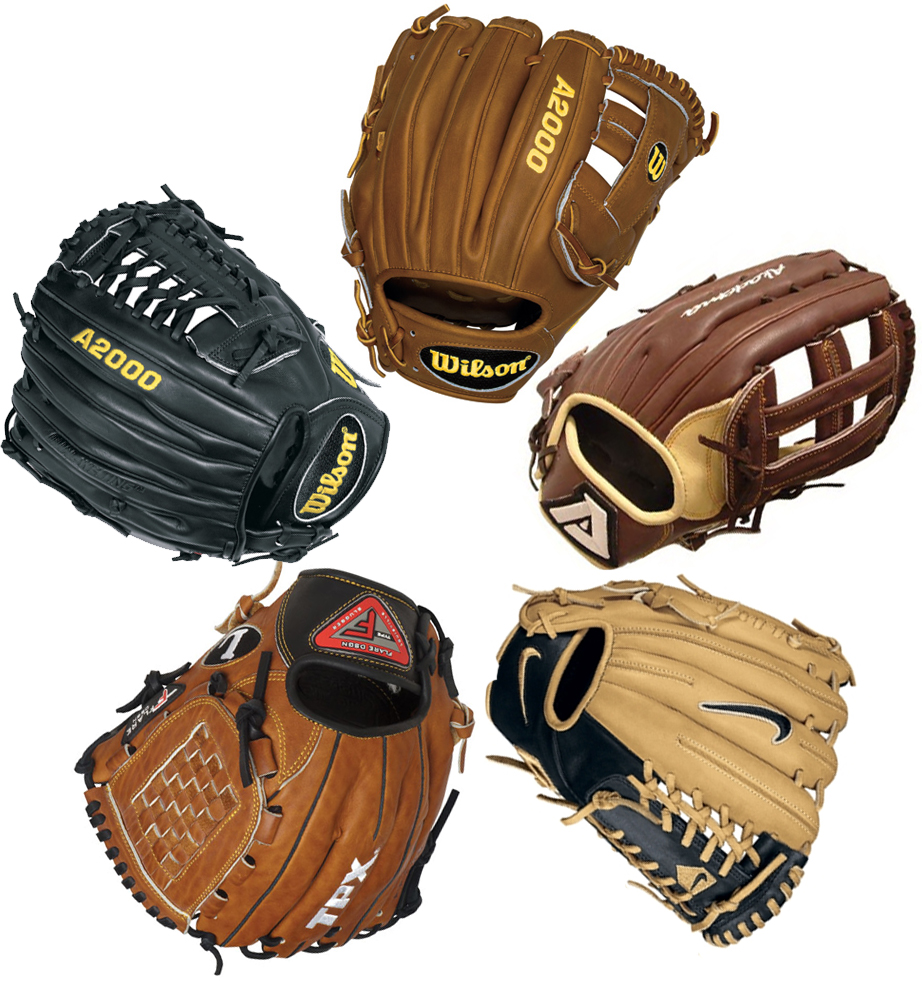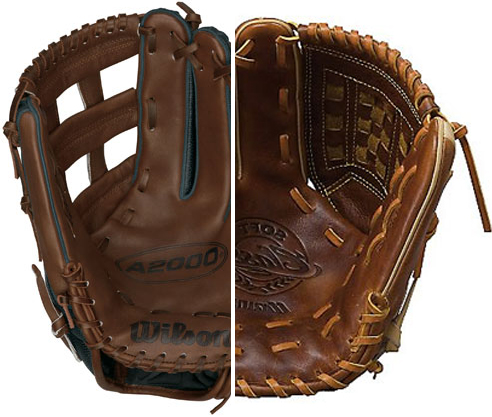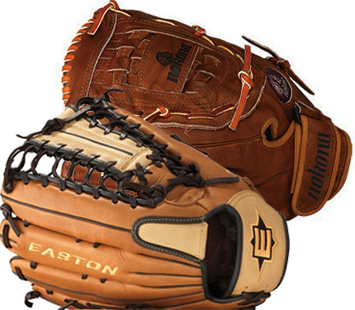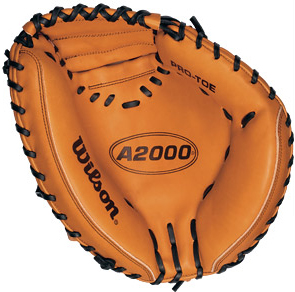There is no arguing Wilson’s place among the leaders when it comes to producing high end baseball gloves. Countless Major Leaguers turn to Wilson for their glove needs, speaking volumes to the quality and performance of their products. When you think of Wilson baseball gloves, the first thing that comes to mind is the A2000. Since it was first released in 1957, the Wilson A2000 has become the benchmark for professional gloves. It was the first of its kind with a large web and broad pocket, and would be the foundation for every glove developed by any manufactures from that point on.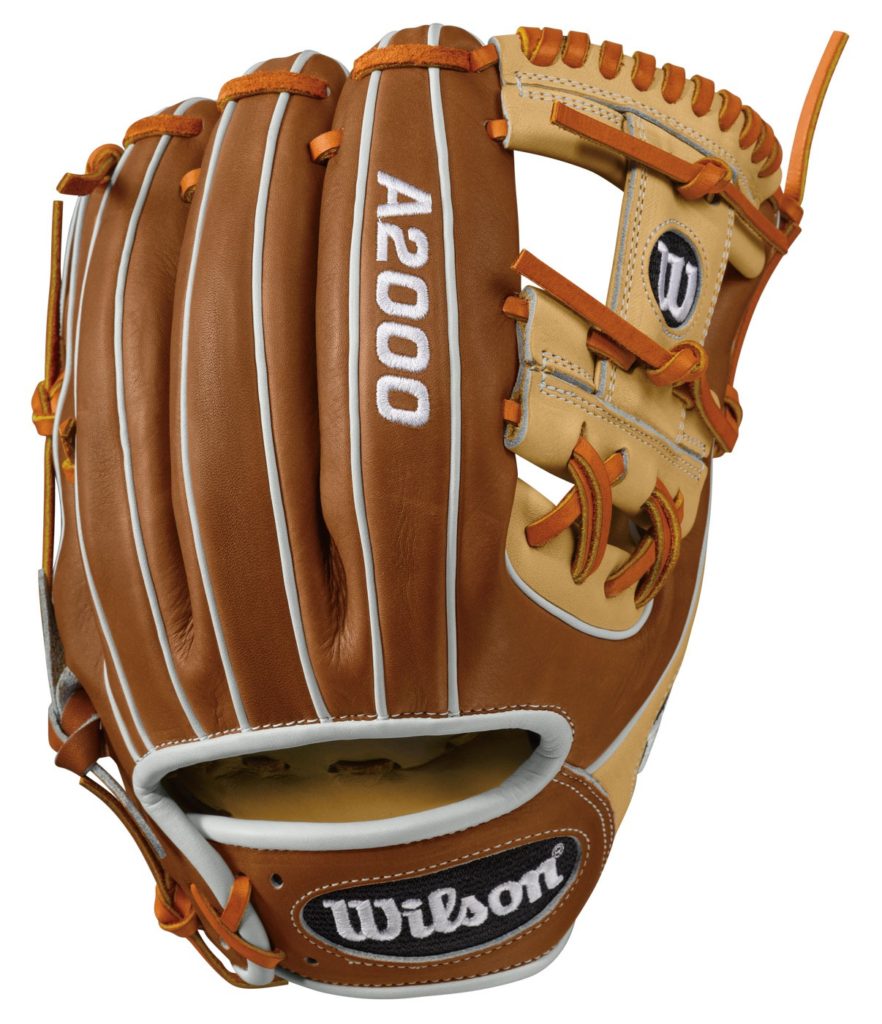
Fast forward to today, and you’ll see the likes of Dustin Pedroia, Miguel Cabrera, and Robinson Canó all wearing A2000’s as they compete with the world’s best. As you would expect, every pro has a particular fit and feel that they prefer. Wilson have always been persistent in acquiring feedback from professionals, allowing them to develop an improved product. Some of the headliners on their roster of MLB players have even been giving their own Game Models, which are produced for the masses. It should come as no surprise that these particular gloves have become some of the most popular on the market. If it’s good enough for these guys, surely it’s good enough for me?
So as you prepare to purchase your very own Wilson glove, perhaps you want to know a bit more about what makes these Game Models different from the standard A2000. One thing you can expect from any of these gloves are a few of the cornerstones that come with any A2000. This includes the premium pro stock leather, selected for its durability and feel. Dual Welting, which adds two strips of leather to back of each finger to provide structure and stability as the glove breaks in. And finally, the Dri-Lex wrist lining keeps the hand dry and free of moisture.
What sets the Game Models and standard gloves apart can usually be broken down into a few categories. Colors, web styles, and fit are the three ways most pro’s make these gloves their own. Color being the simplest to understand, most choose a colorway that matches their team or gives a traditional look. Jose Altuve features navy and orange leather to match his Houston Astros uniform, while Clayton Kershaw has opted for  the traditional all-black.
the traditional all-black.
With today’s gloves, there are endless ways to lace up your web. When it comes to the Game Models on the Wilson A2000, each player has chosen their own particular web that suits them and their style of play. Miguel Cabrera has gone with a signature V-Laced pattern on a wider single post web, allowing him to lock the ball in the pocket.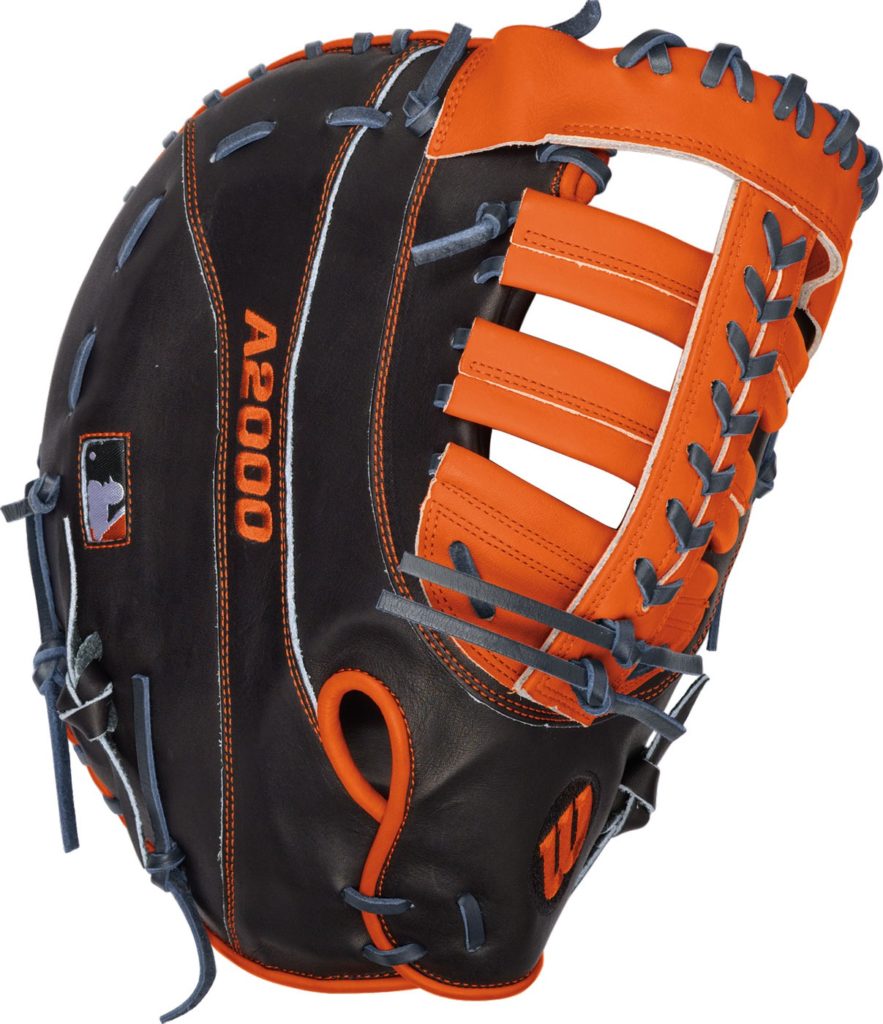 Clayton Kershaw has selected a deep and closed 2-piece web that allows him to conceal the ball and any grip changes, granting him the element of surprise.
Clayton Kershaw has selected a deep and closed 2-piece web that allows him to conceal the ball and any grip changes, granting him the element of surprise.
The final way professional ball players have personalized their game model gloves is with the fit. No one is more particular with this category than Golden Glove Second Baseman Dustin Pedroia. Wilson developed the 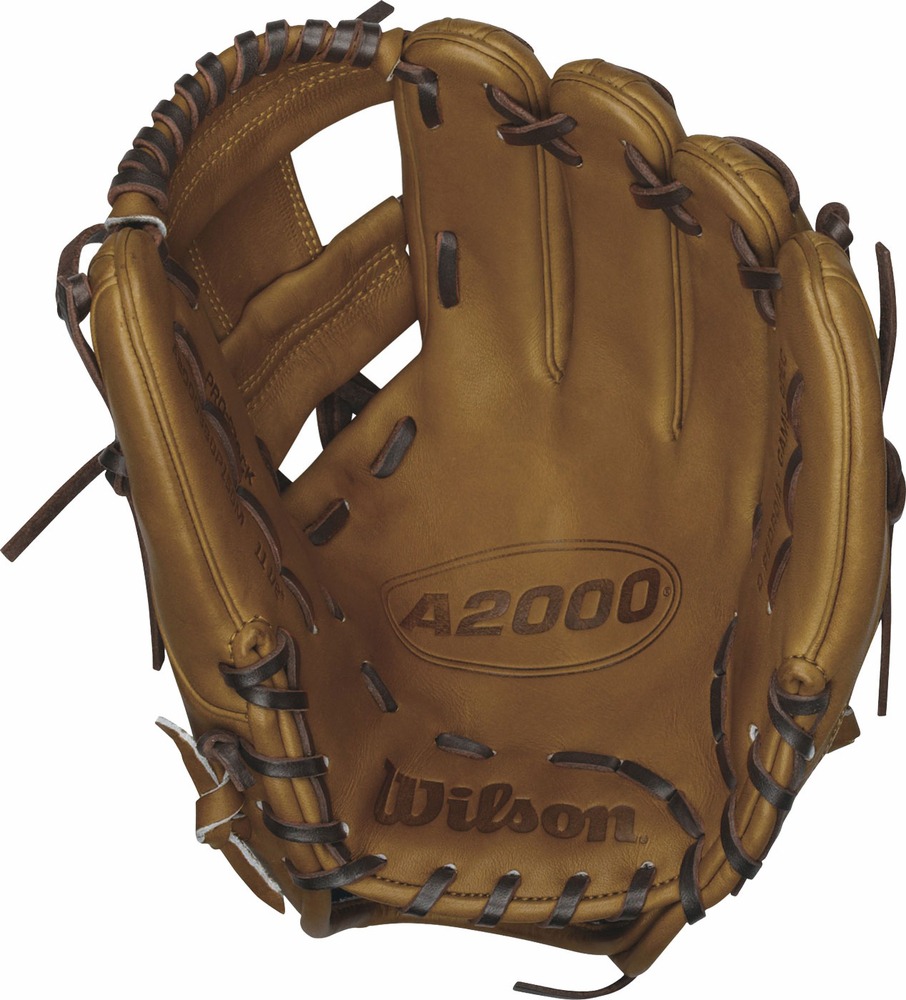 “Pedroia Fit” specifically for him, as his smaller hands required some custom features. This included a lower finger divider, narrower opening, thin heel pad, and longer laces. The Pedroia Fit is available on three A2000 gloves, one of which features Wilson’s SuperSkin, designed to lighten the glove without sacrificing durability.
“Pedroia Fit” specifically for him, as his smaller hands required some custom features. This included a lower finger divider, narrower opening, thin heel pad, and longer laces. The Pedroia Fit is available on three A2000 gloves, one of which features Wilson’s SuperSkin, designed to lighten the glove without sacrificing durability.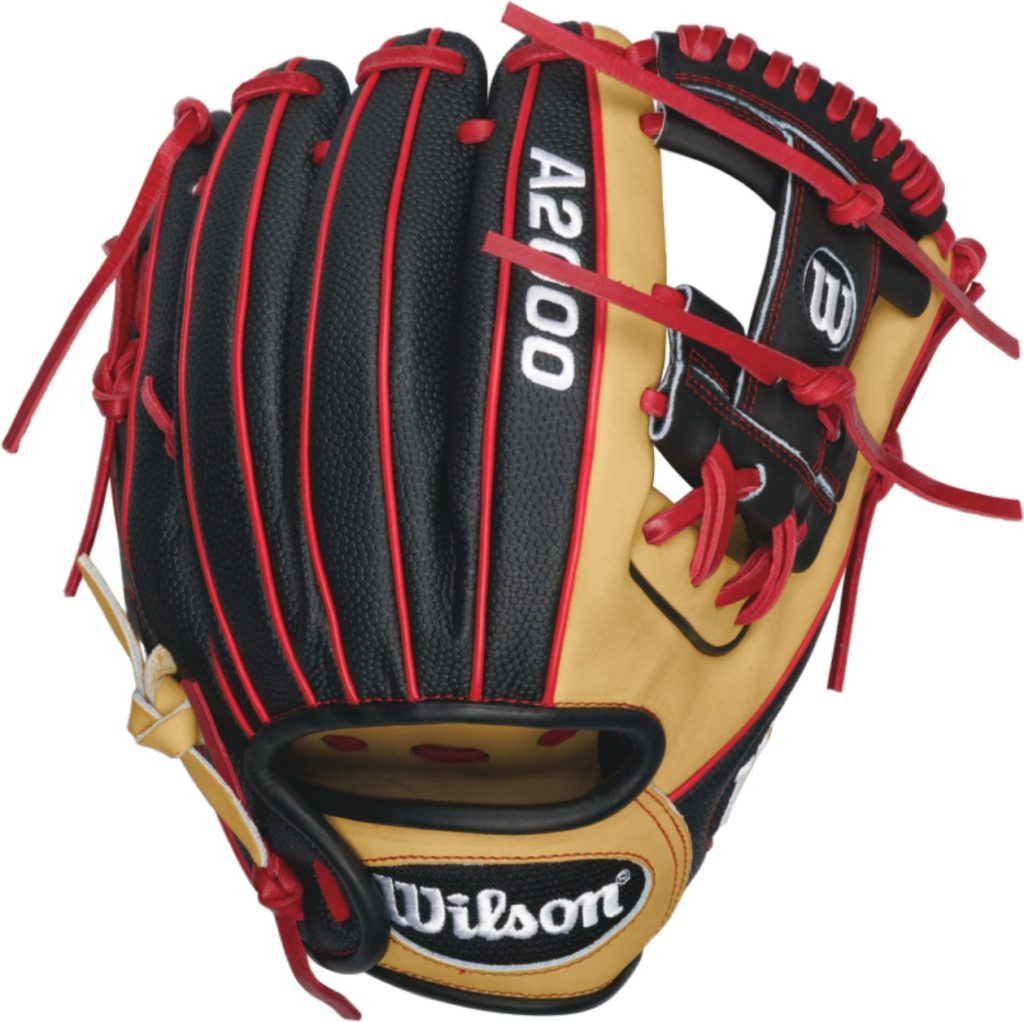
While you may not be fielding ground balls at Fenway Park anytime soon, that doesn’t mean your glove is any less important. Described by Jose Altuve as his “tool”, he carries his glove with him on the plane any time he travels. We know you feel the same way about your glove. Check out Sports Unlimited large selection of premium gloves from Wilson (click here for Wilson A2000 page), Mizuno, Rawlings, and More, to find the perfect glove for you.
Written By Dylan Hamilton, Sports Unlimited

